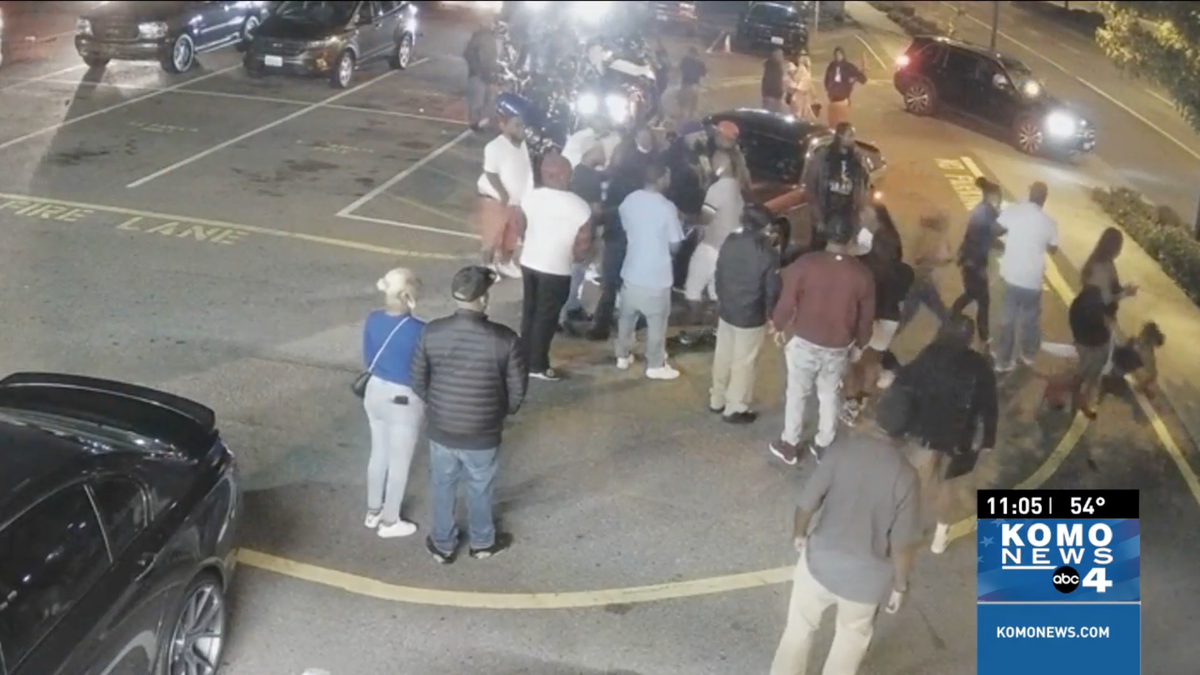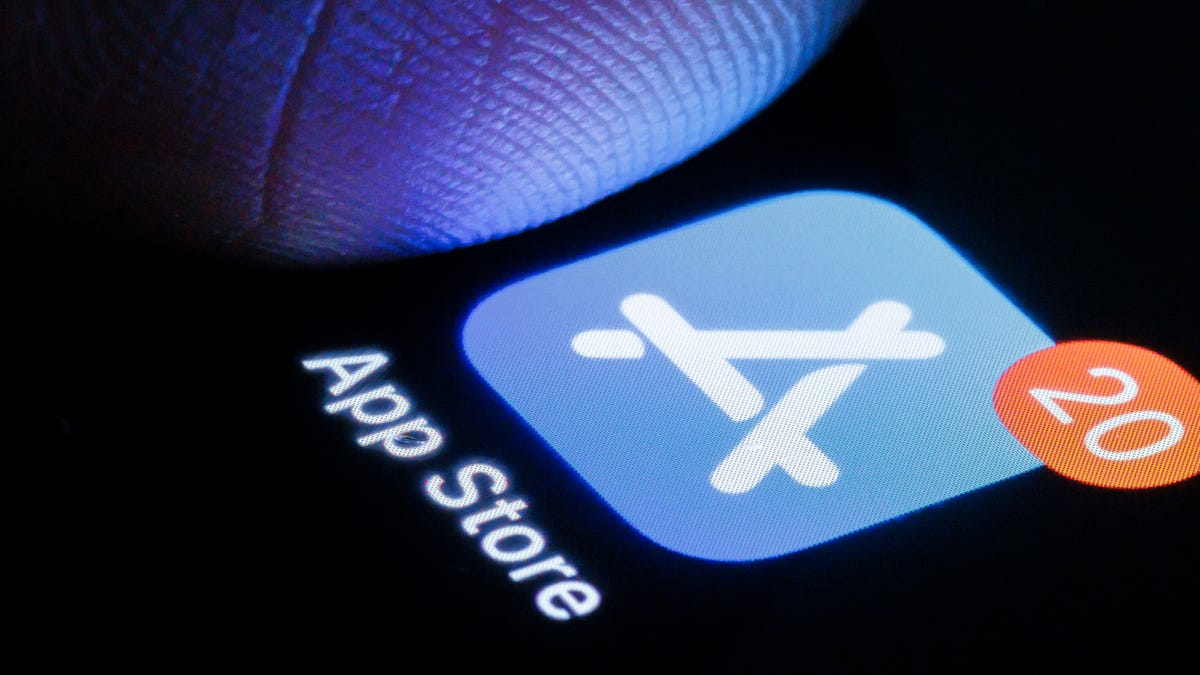Judge Blocks AI-Enhanced Evidence in Triple Murder Trial
A judge in Washington state has made a crucial decision in a triple murder trial by blocking the submission of video evidence that has been “AI-enhanced.” This ruling by Judge Leroy McCullough in King County, Washington sets a precedent that sheds light on the limitations of AI technology in legal proceedings.
Legal Implications of AI-Enhanced Evidence
In his ruling, Judge McCullough noted that the AI technology used employed “opaque methods to represent what the AI model ‘thinks’ should be shown.” This raises concerns about the reliability and accuracy of AI-generated evidence, especially in the context of a criminal trial where eyewitness testimony plays a crucial role.
According to a report by NBC News, the judge’s decision to exclude AI-enhanced evidence was based on the potential for confusion and a dilution of the core issues in the case. Moreover, the judge highlighted the risk of a prolonged legal process that would focus on scrutinizing the non-peer-reviewed processes used by the AI model.
The Case of Joshua Puloka
The case at the center of this ruling involves Joshua Puloka, a 46-year-old individual accused of killing three people and injuring two others at a bar near Seattle in 2021. Puloka’s defense team sought to introduce AI-enhanced video footage captured by a bystander, which was altered using technology developed by Topaz Labs, a Texas-based company.
However, the judge’s decision to exclude this AI-enhanced evidence underscores the challenges and complexities associated with the use of AI tools in legal proceedings. The introduction of AI-powered imaging technologies has created confusion and misunderstanding among the general public about the capabilities and limitations of such technology.
Misconceptions Surrounding AI Technology
One common misconception highlighted by this case is the belief that AI upscalers can provide a clearer and more detailed analysis of visual data. In reality, AI software does not enhance existing information in images or videos but rather adds information that was not present initially.
For instance, the case of Chris Rock being speculated to wear a face pad during an incident at the Academy Awards exemplifies how AI-enhanced images can distort reality. While AI tools can enhance image sharpness, they do not reveal hidden information within the original content.
The rise of AI products has perpetuated misconceptions about the capabilities of these technologies, leading to misplaced beliefs about their capacity for complex reasoning. Large language models like ChatGPT have contributed to the illusion of AI sophistication, portraying a facade of human-like interaction when, in reality, they function based on predictive algorithms.
Implications for AI in the Legal System
The decision by Judge McCullough to block AI-enhanced evidence in the triple murder trial serves as a critical reminder of the limitations of AI technology in legal settings. While AI tools have the potential to aid in various fields, including law enforcement and criminal justice, their implementation must be approached with caution and skepticism.
As billions of dollars continue to be invested in AI companies, it is essential for legal professionals and policymakers to understand the implications and constraints of AI technology. The risk of misinterpretation and manipulation posed by AI-enhanced evidence underscores the need for rigorous standards and guidelines governing the use of AI in legal proceedings.
Image/Photo credit: source url





